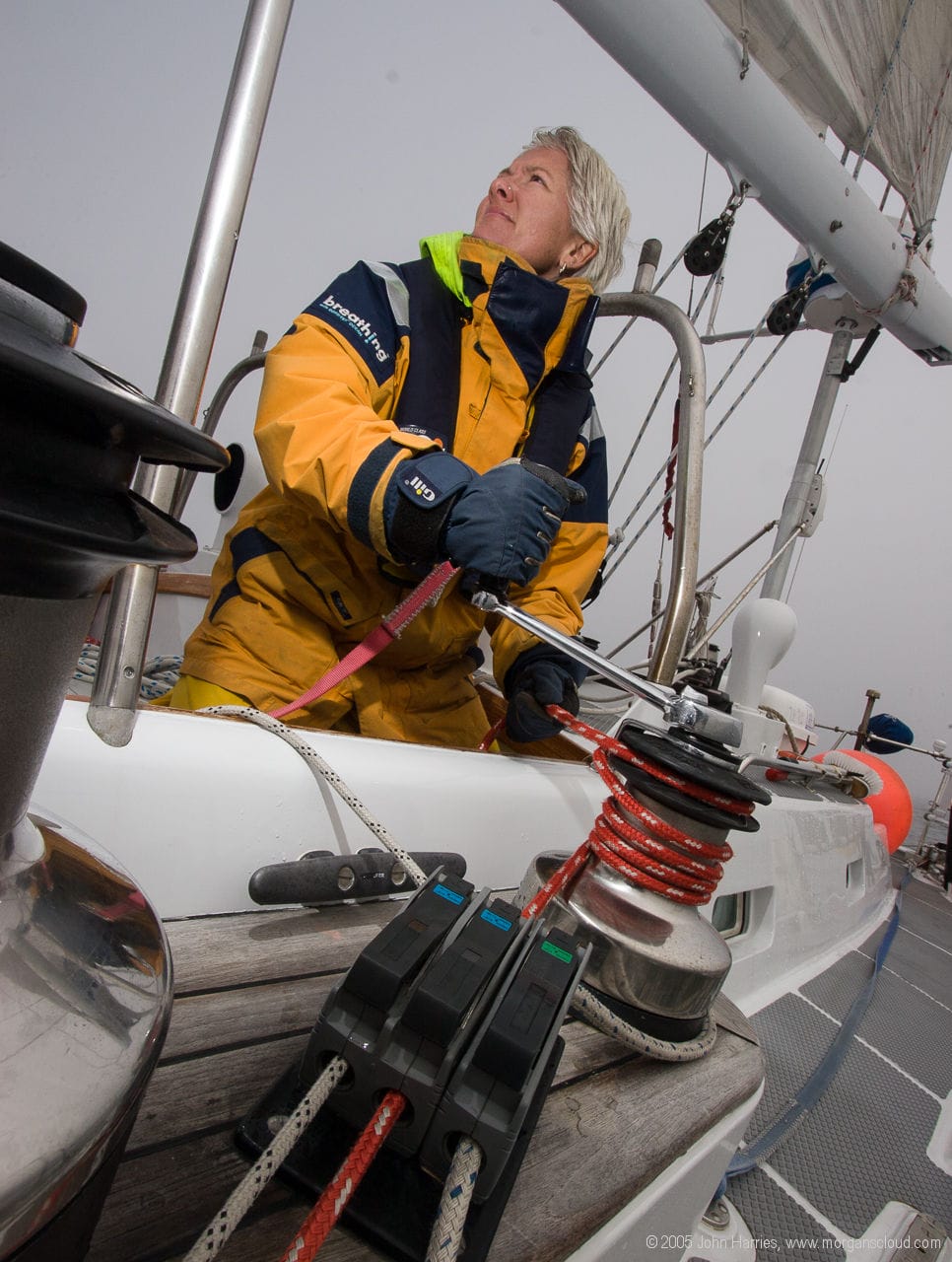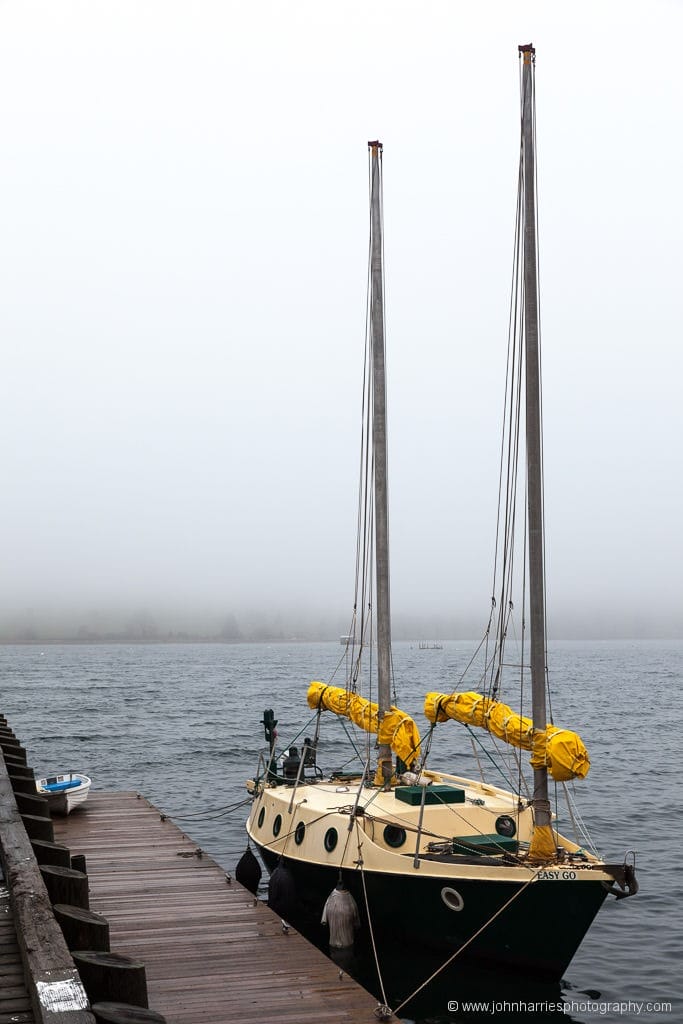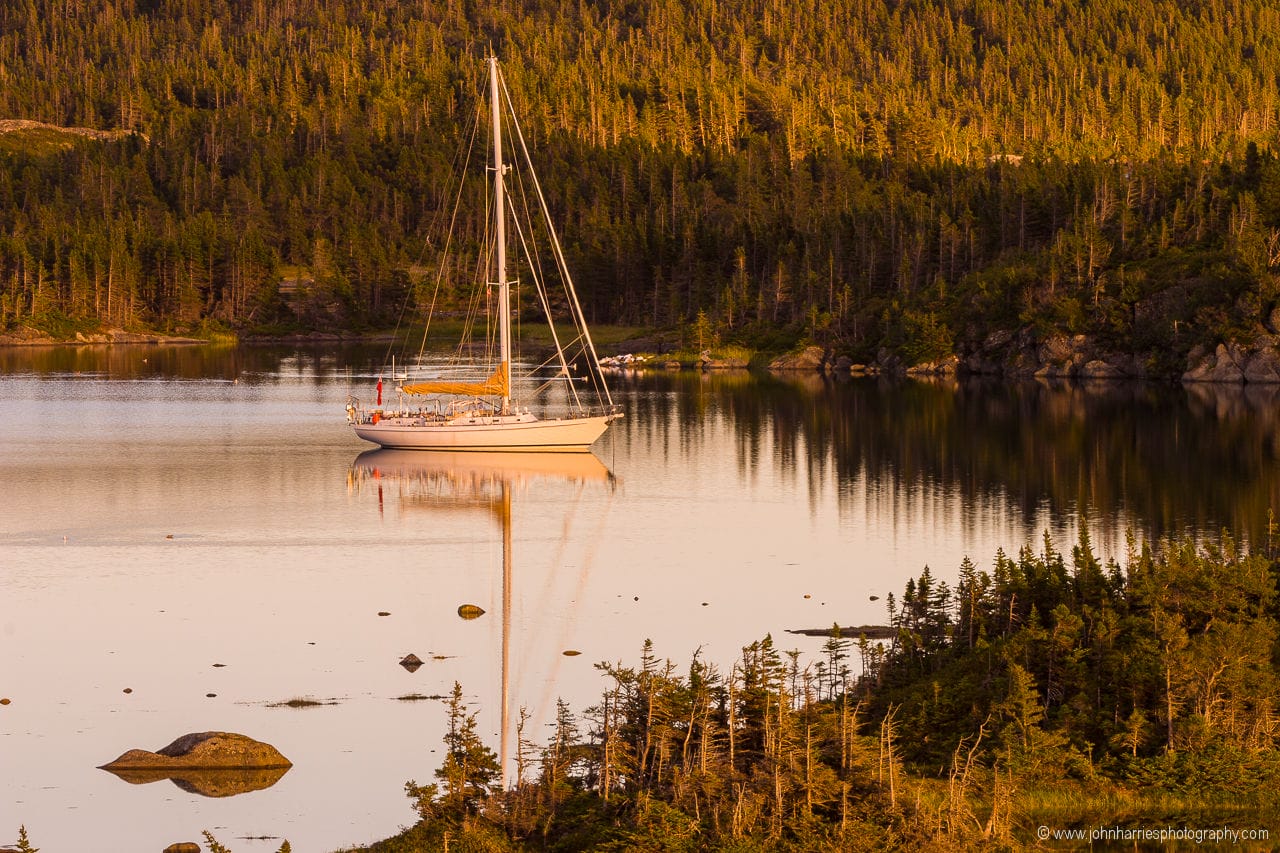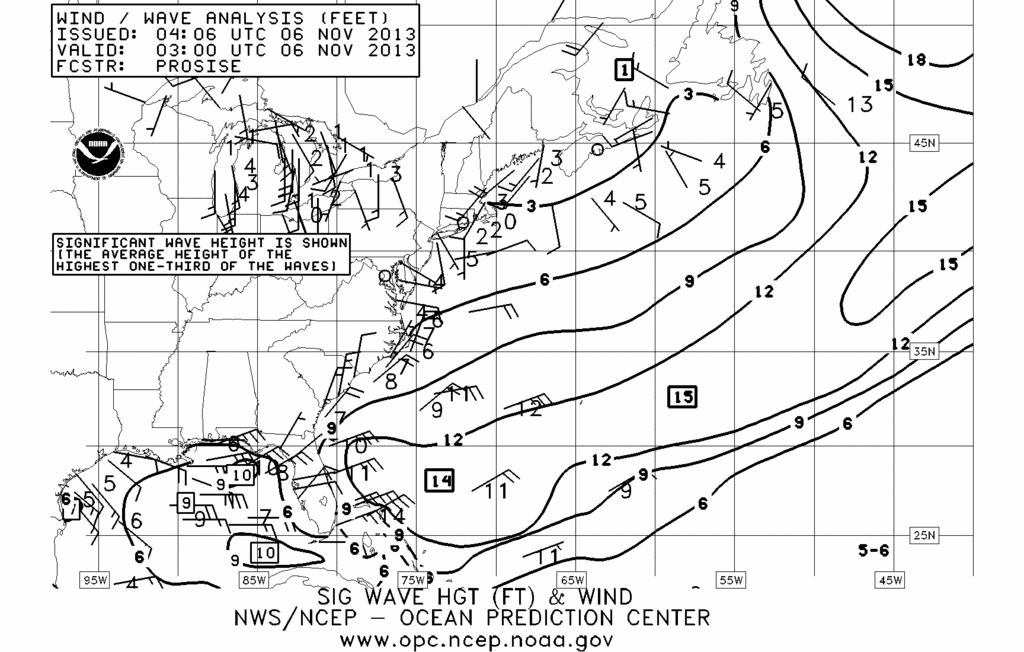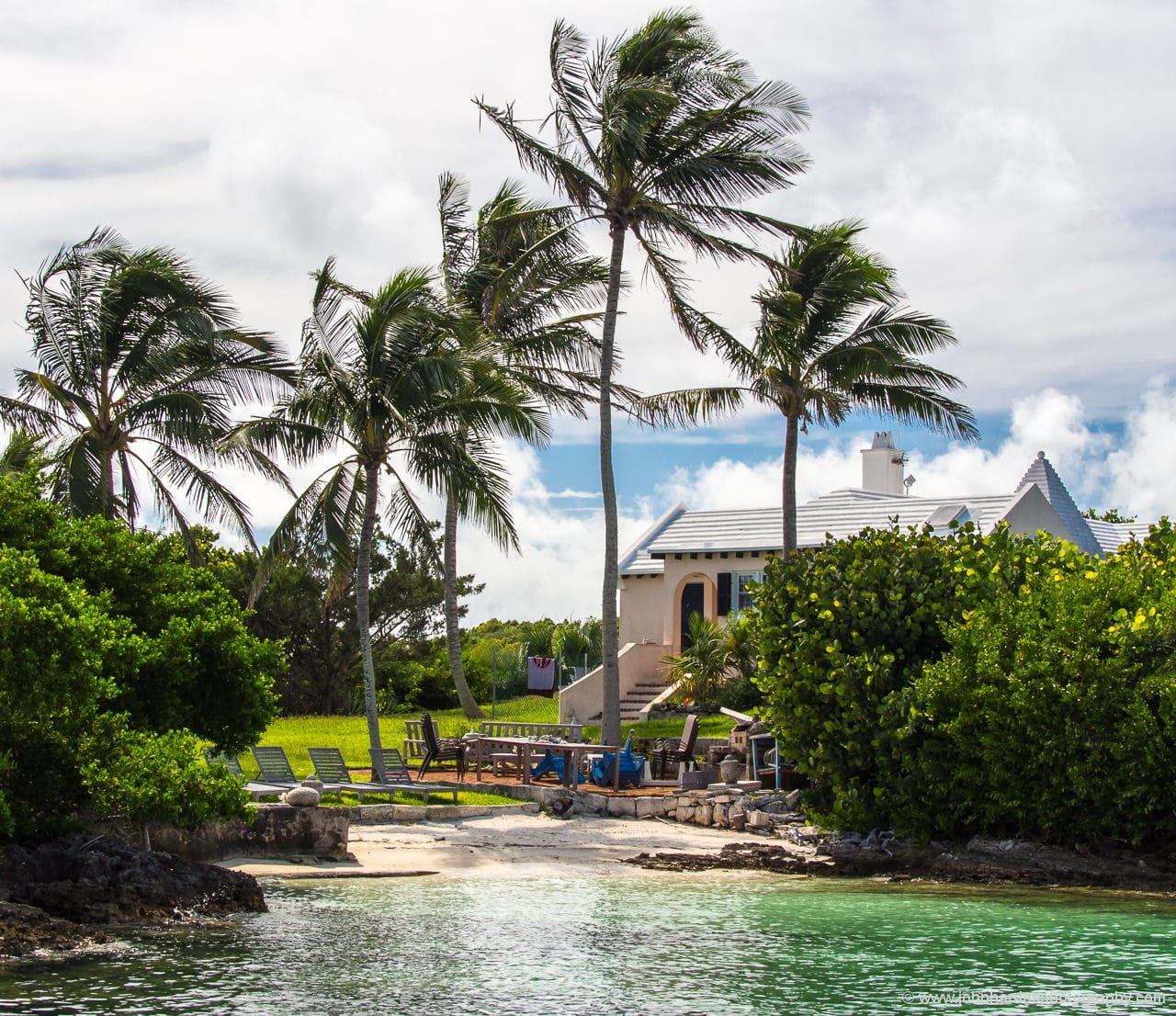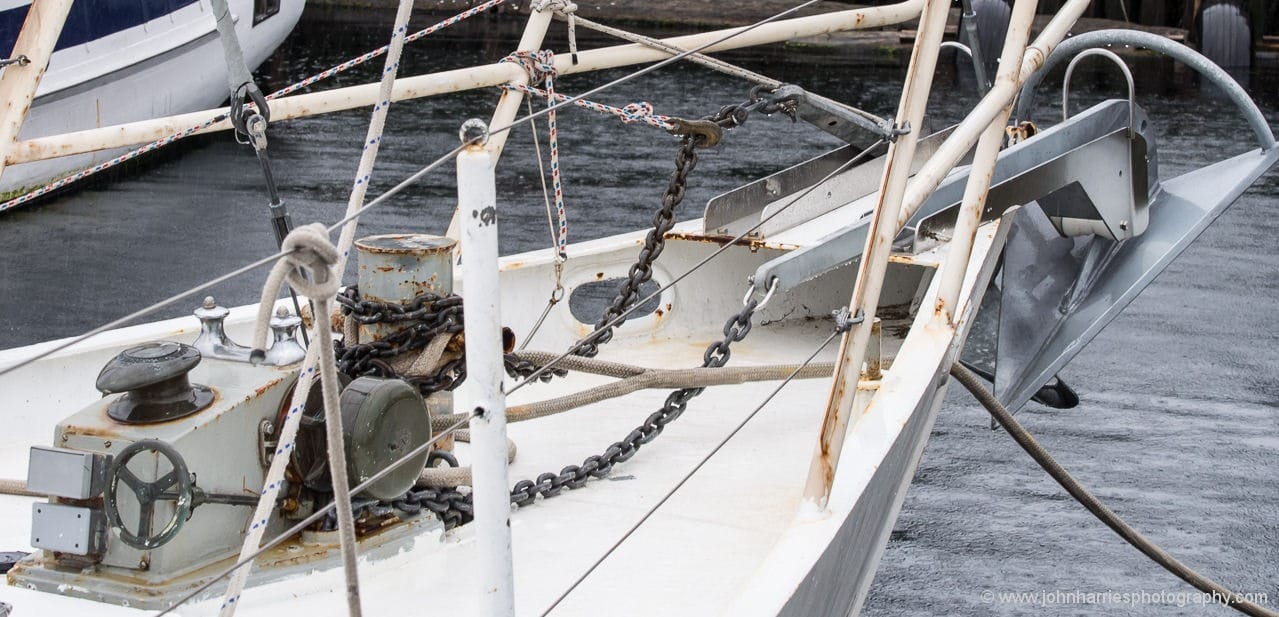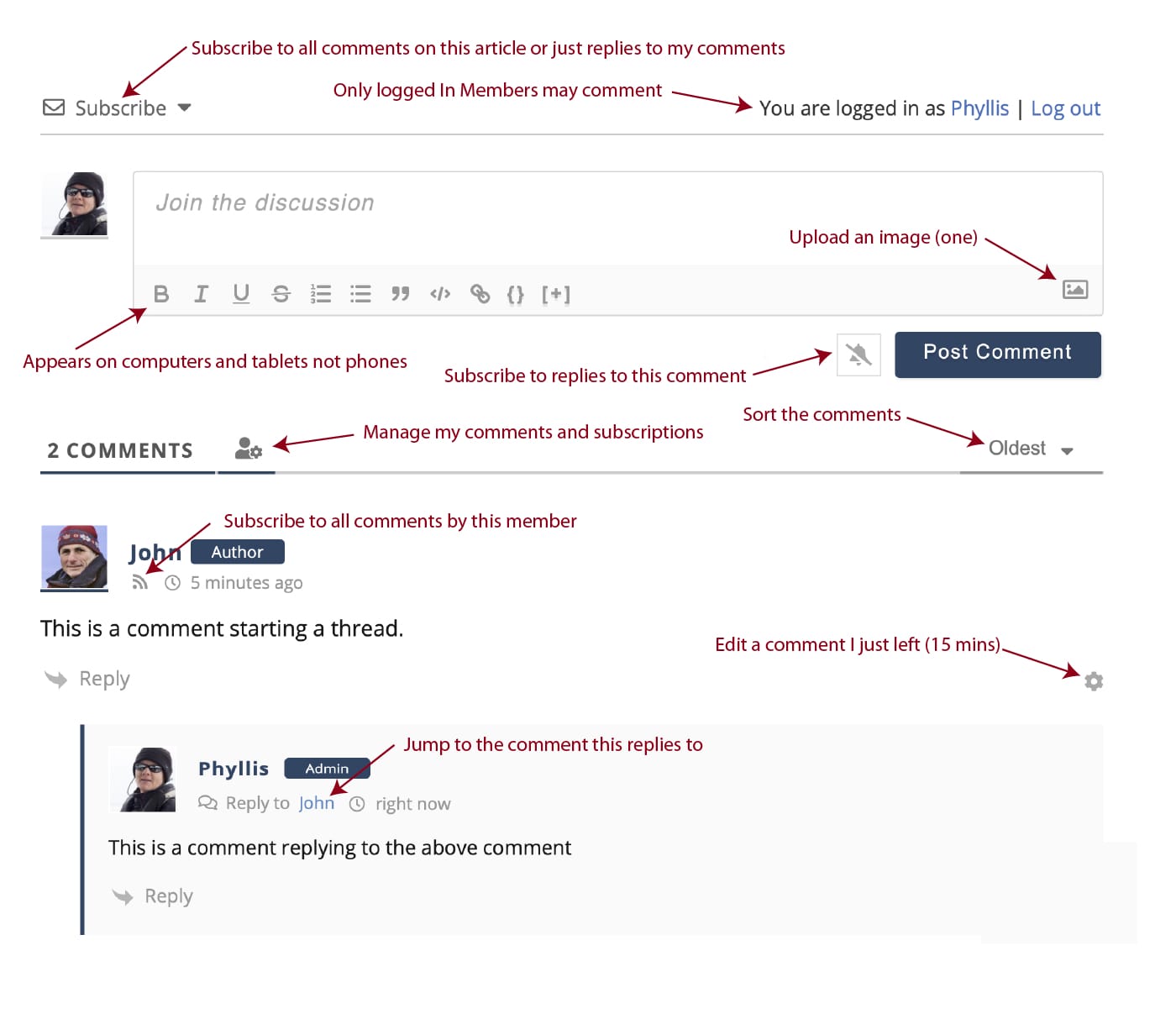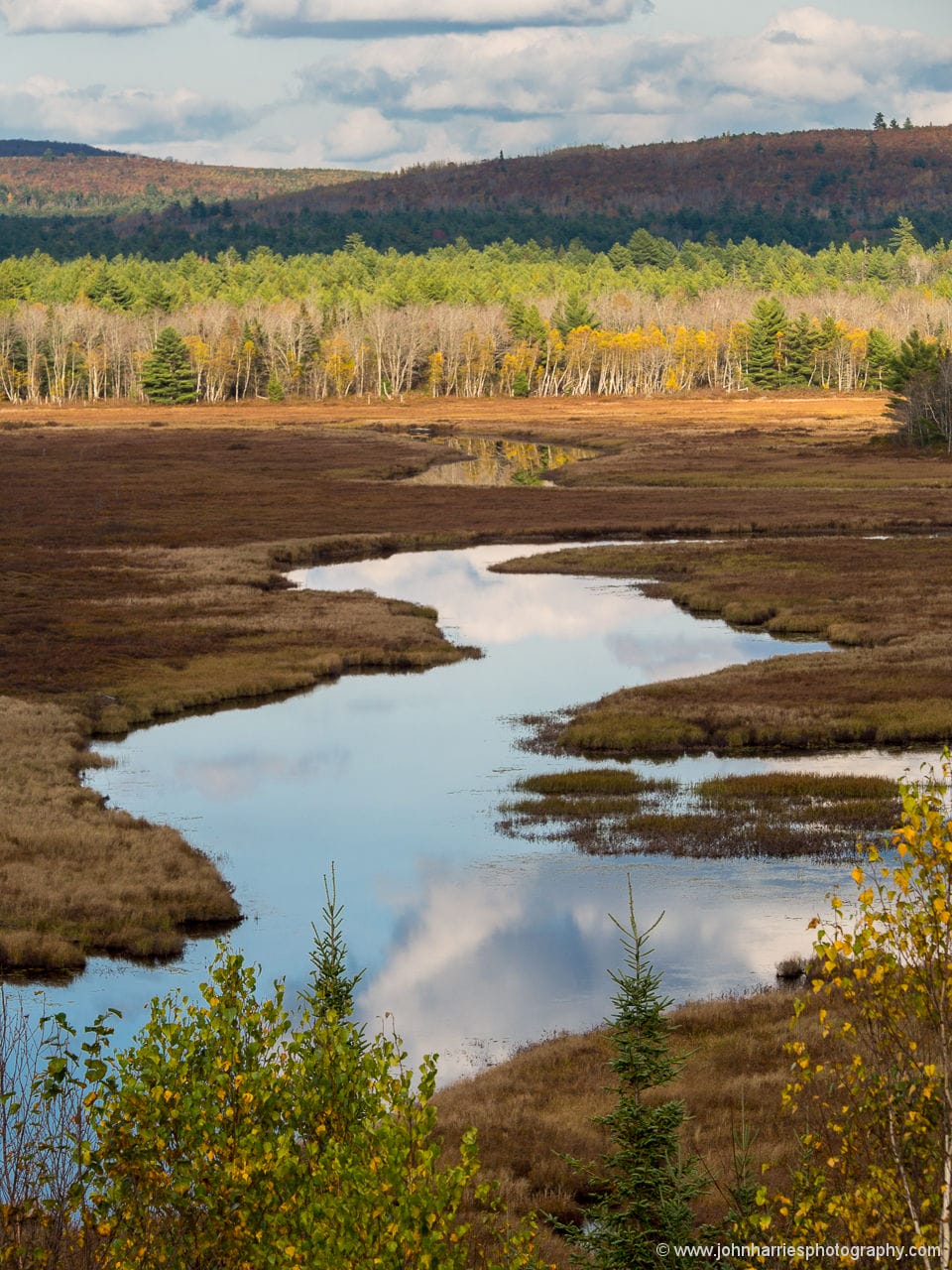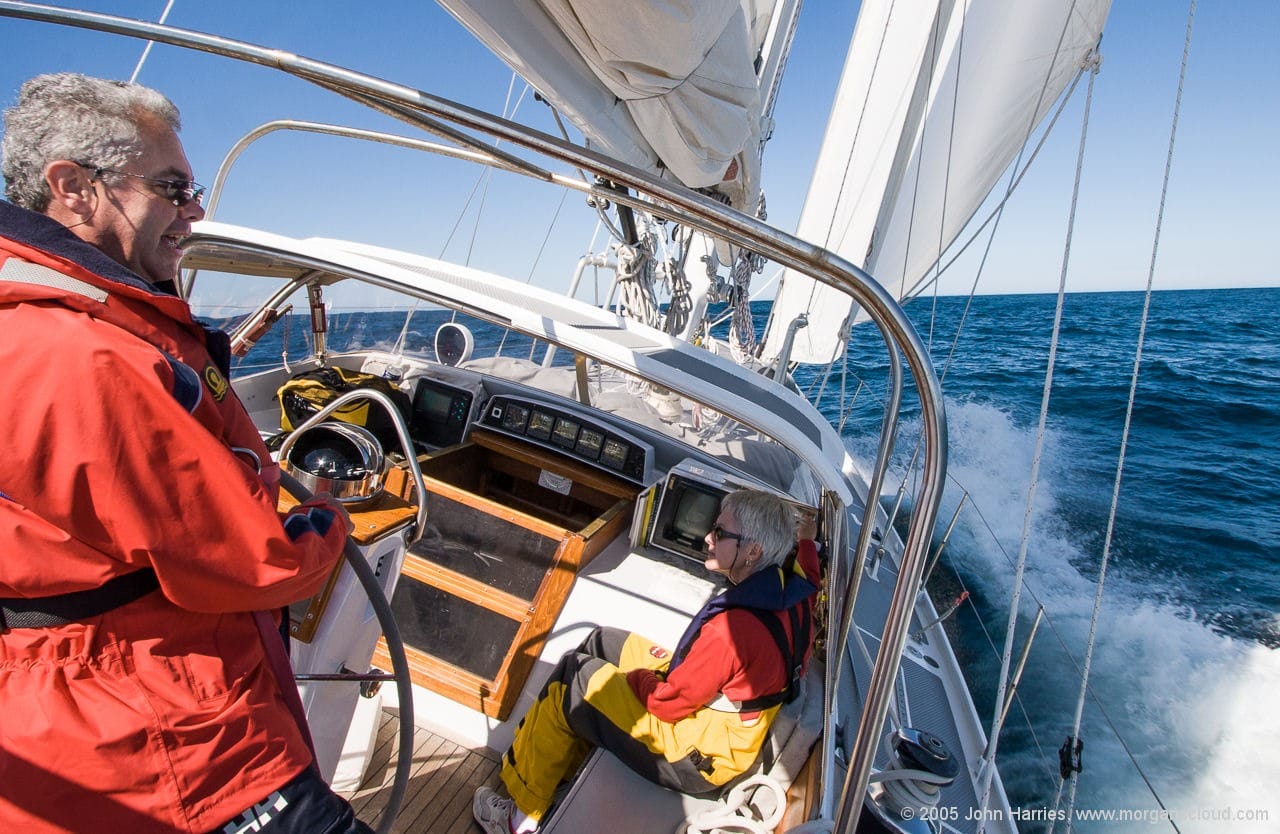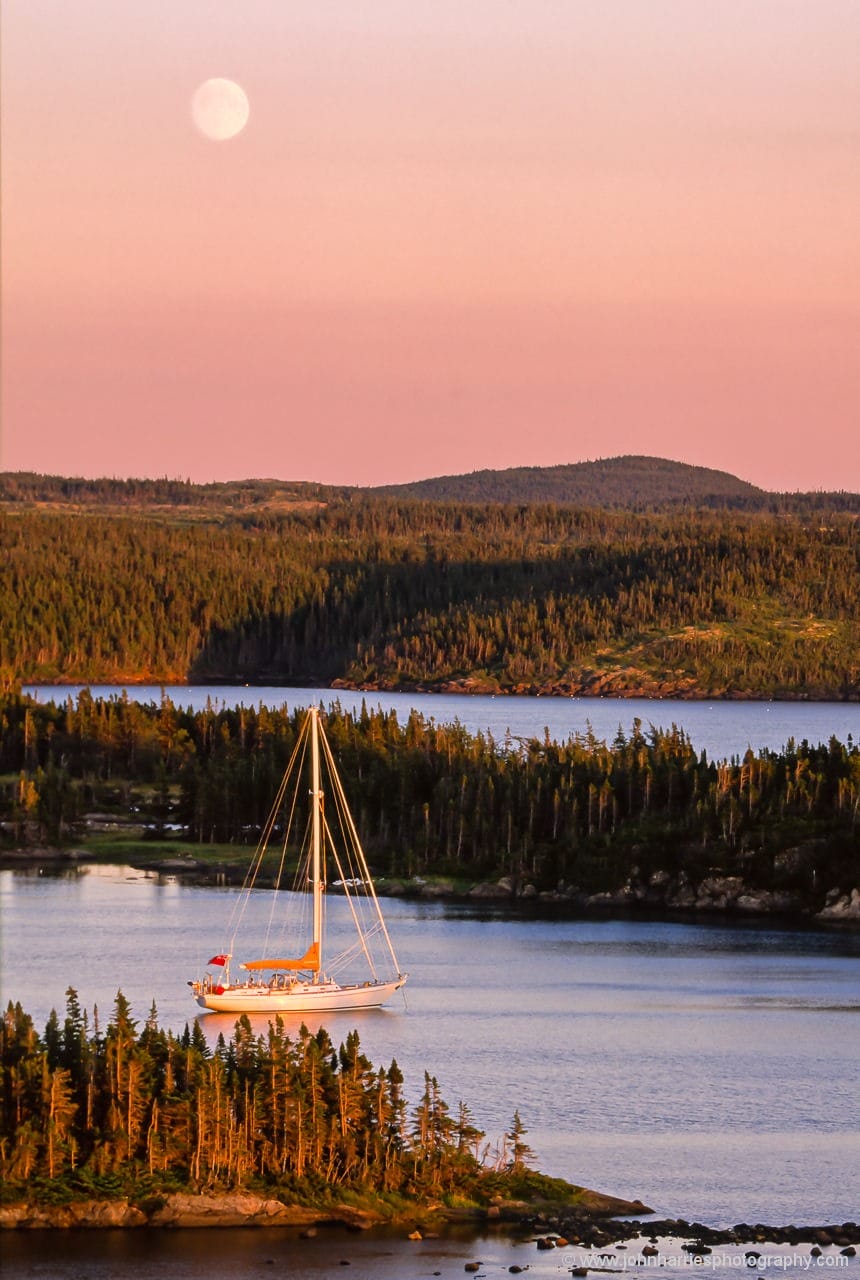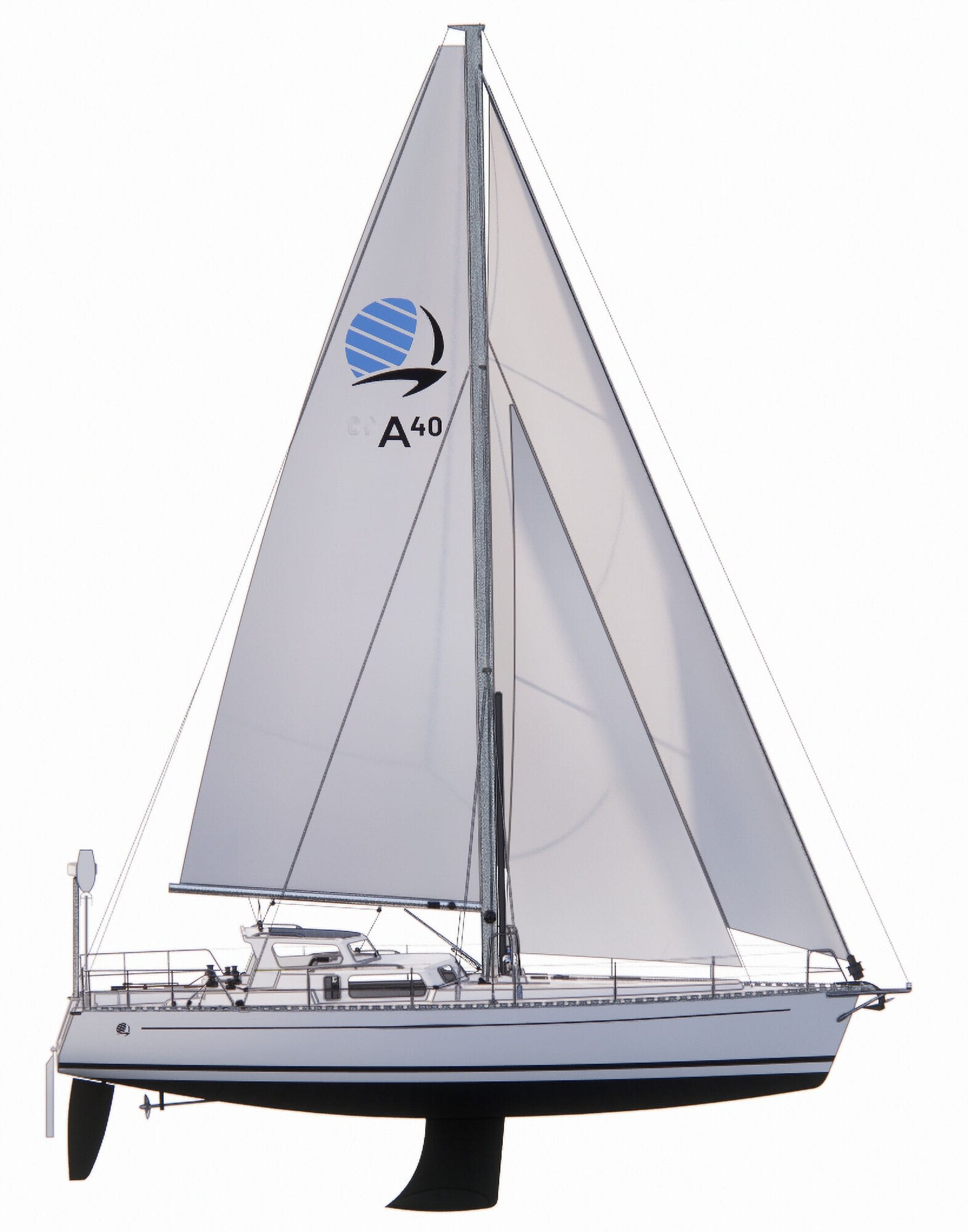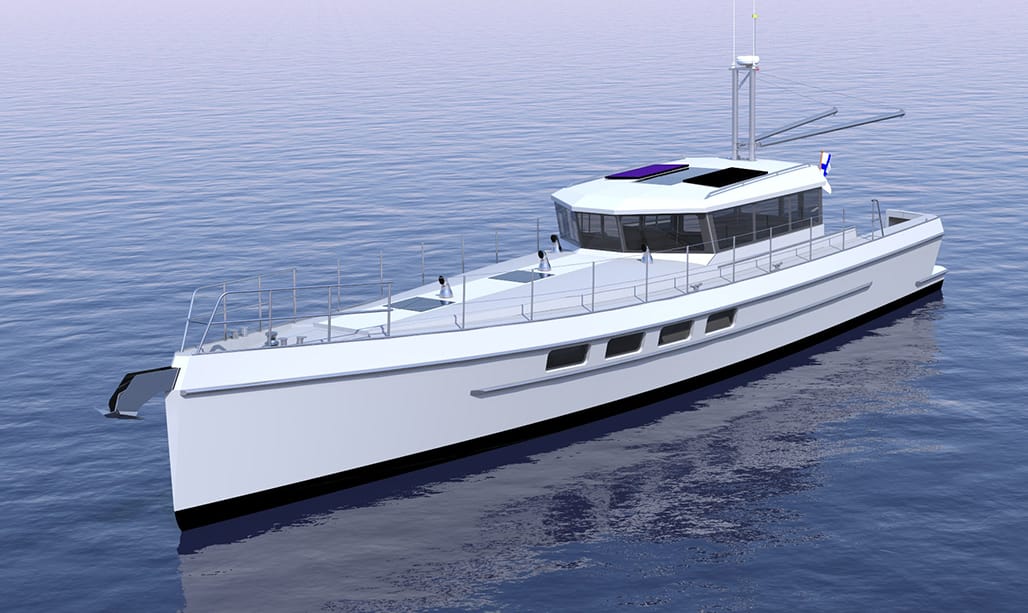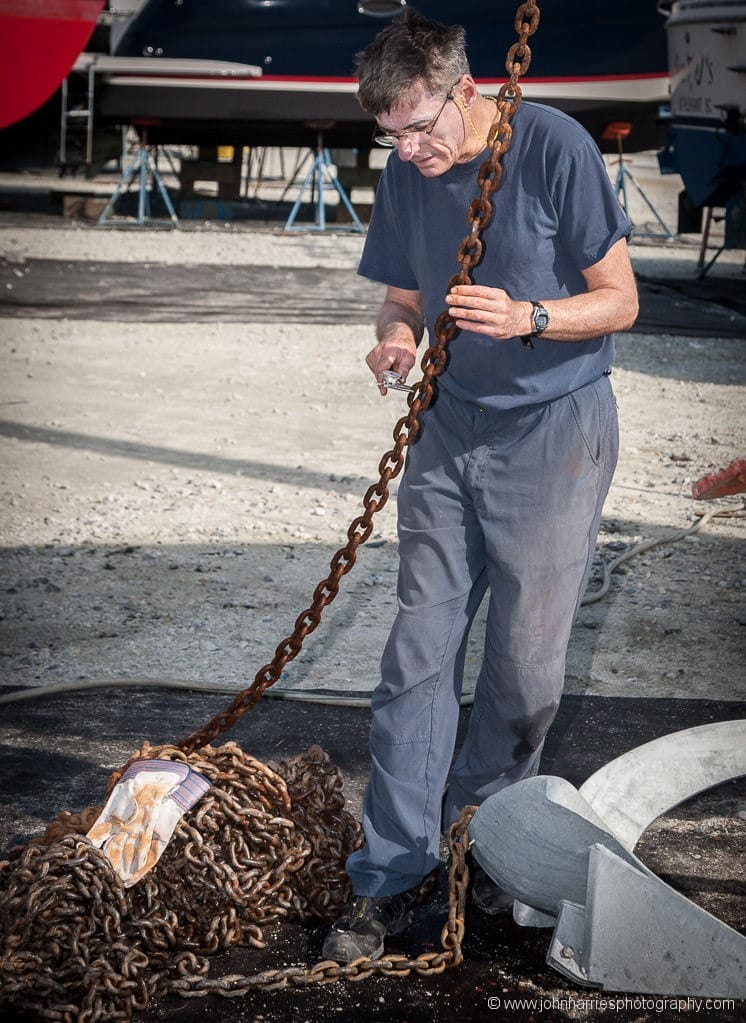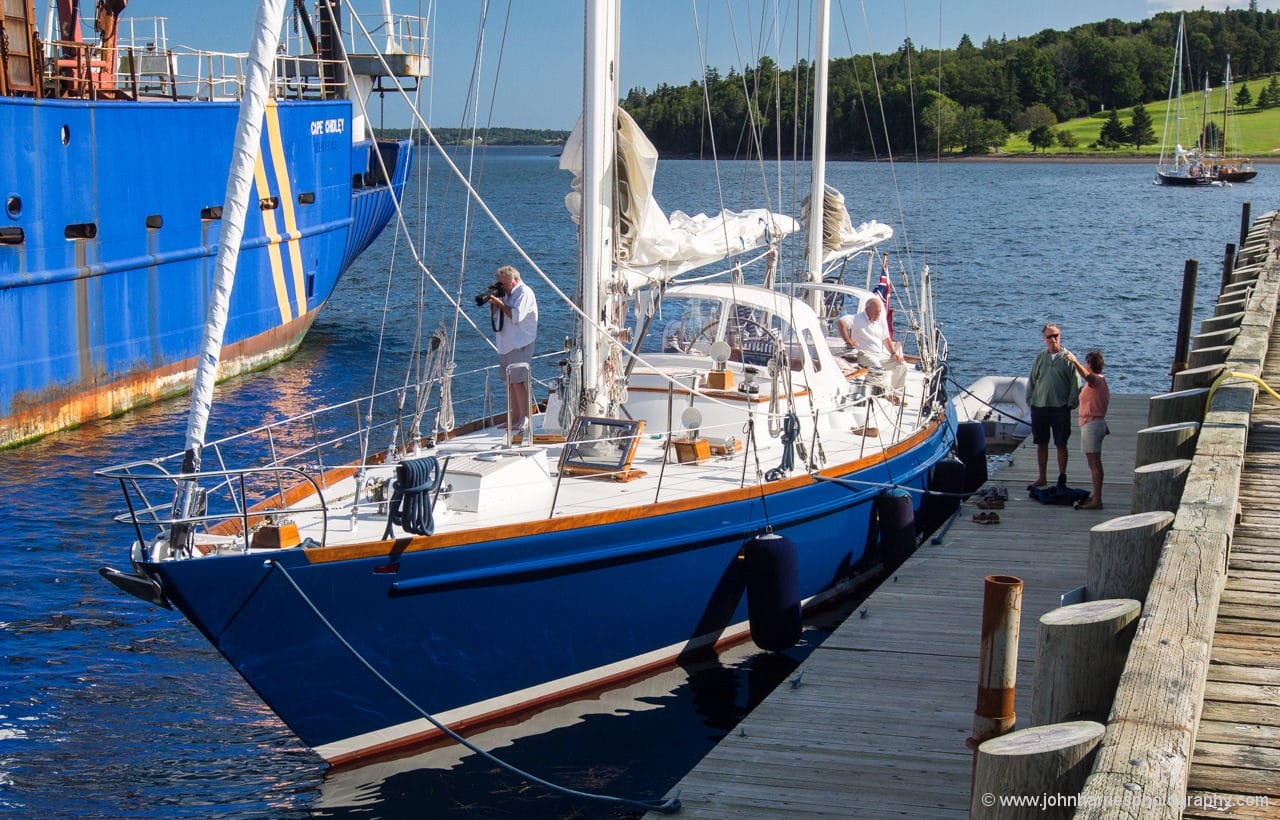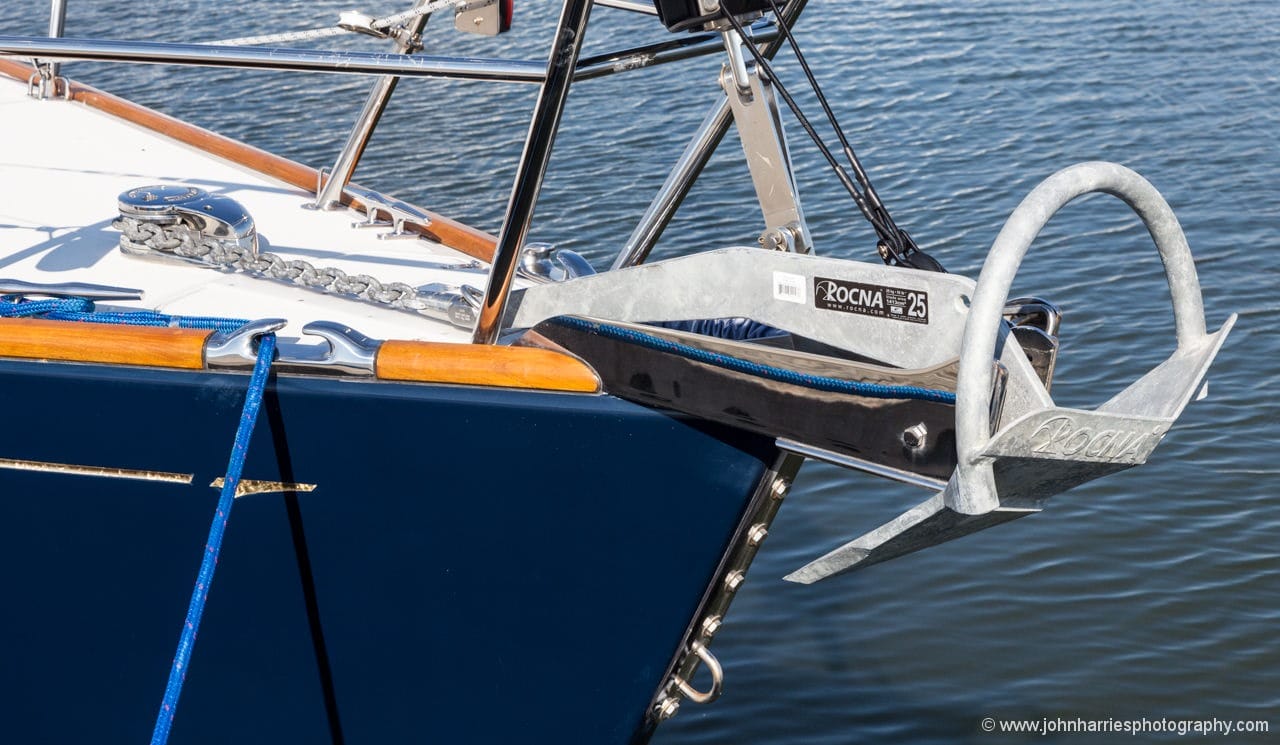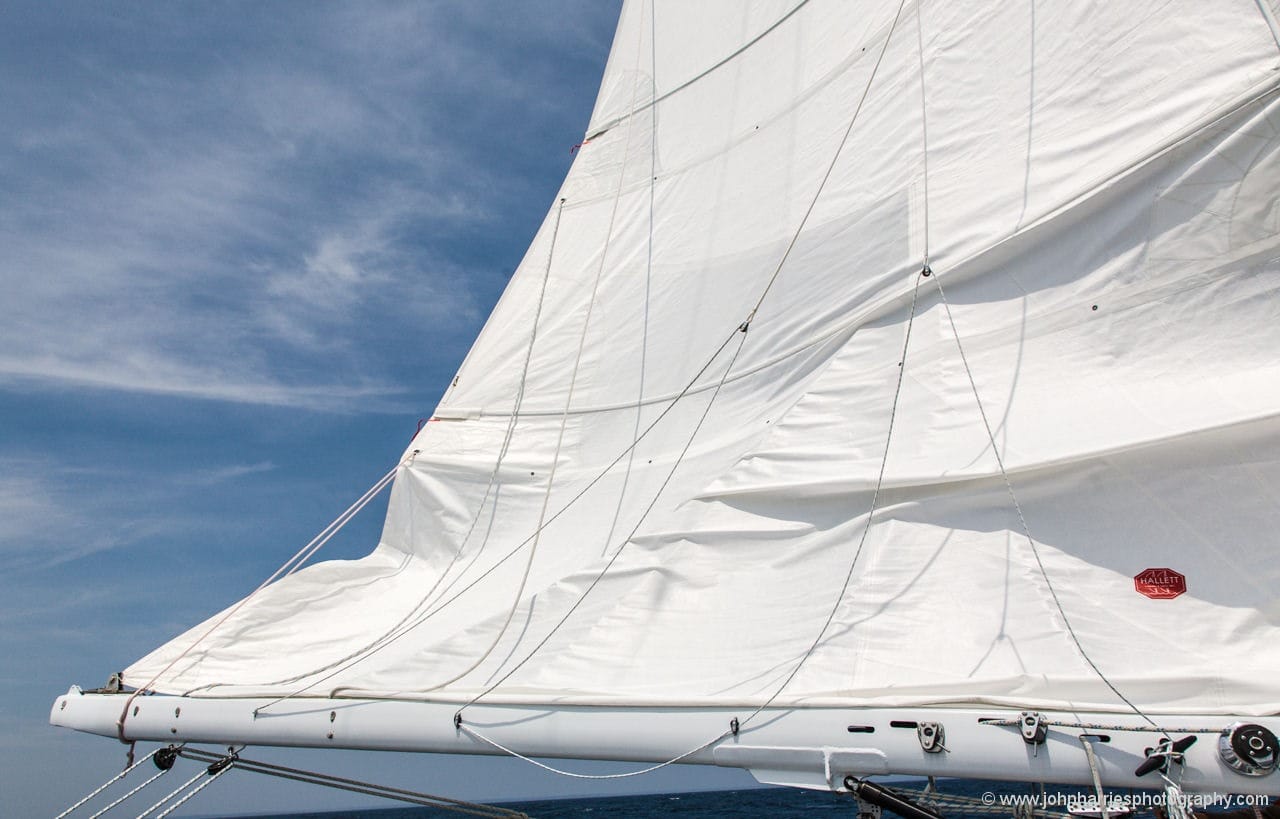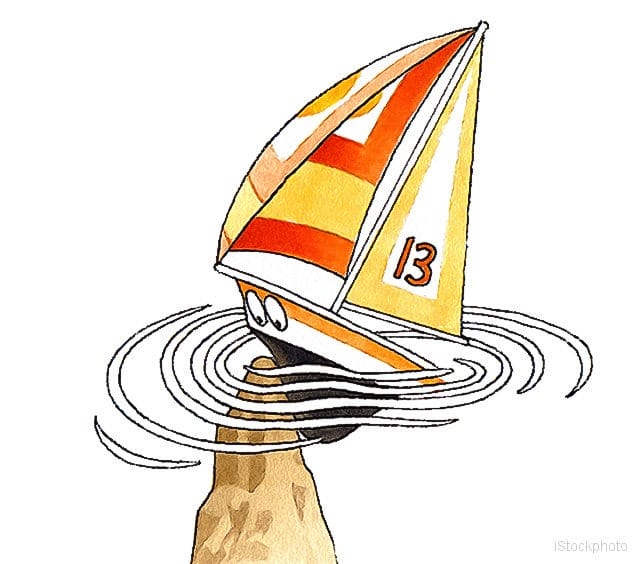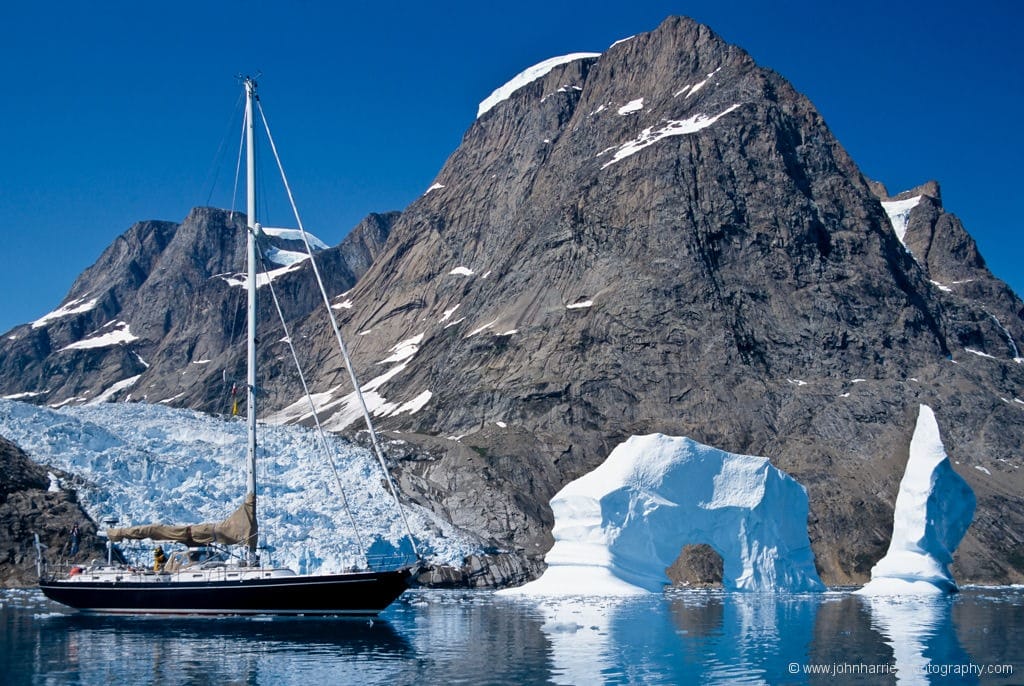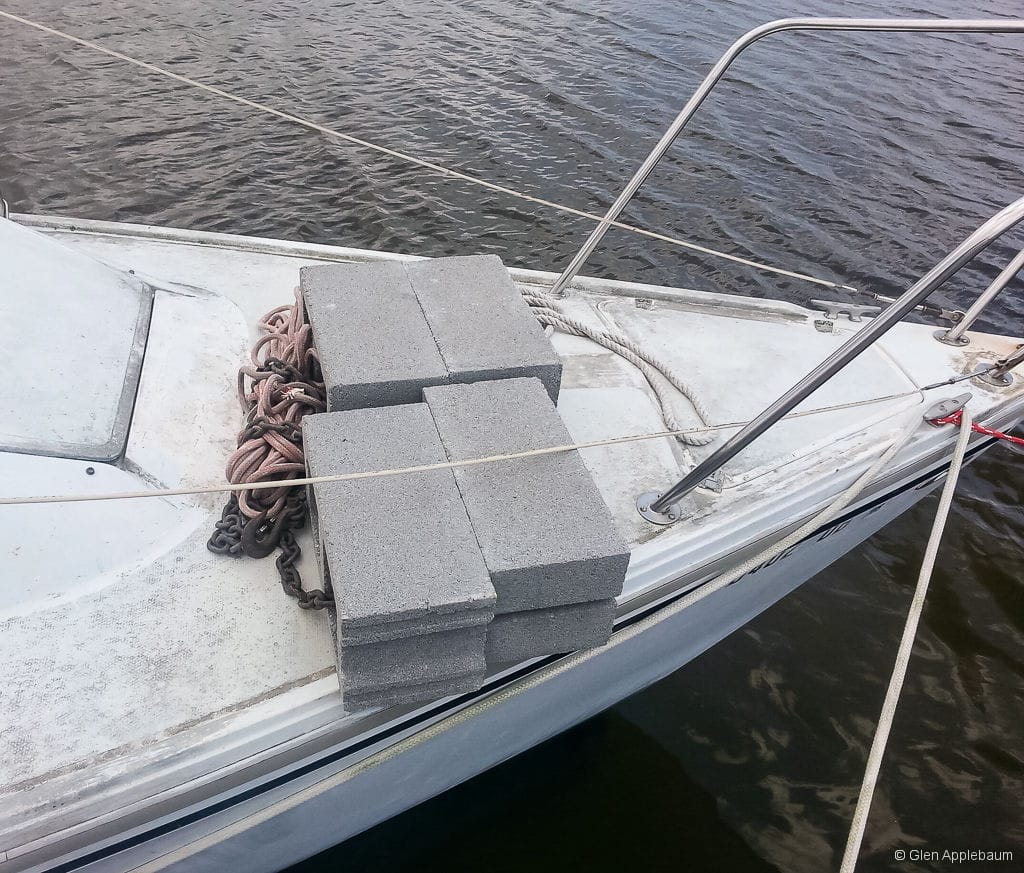-
John & Phyllis’ 36 Immutable Rules of Seamanship
62 CommentsReading Time: 5 minutesMembersRead more: John & Phyllis’ 36 Immutable Rules of SeamanshipWe start this Online Book with a list of important seamanship rules.
-
Two Yacht Losses, Many Lessons Learned
83 CommentsReading Time: 6 minutesMembersRead more: Two Yacht Losses, Many Lessons LearnedAnalysis of the loss of two very different yachts in the North Atlantic. One fully crewed and one single handed.
-
20 Tips To Get Anchored and Stay Anchored
57 CommentsReading Time: 3 minutesMembersRead more: 20 Tips To Get Anchored and Stay AnchoredYou can have the best anchors and associated gear available, but if you don’t use that gear properly you won’t get anchored and stay anchored. In this post we carry on from Part 1 with some tips for techniques to help make you a happy anchorer.
-
Great Things About Voyaging—No TV
54 CommentsReading Time: 2 minutesFreeRead more: Great Things About Voyaging—No TVThis morning I have a musing about one of the more obscure, but none the less, wonderful benefits of offshore voyaging.
-
It’s a Big Country, The Movie
10 CommentsReading Time: 2 minutesFreeRead more: It’s a Big Country, The MovieAs promised just before Christmas, we have now published our annual slideshow…but with a couple of differences from past years.
-
Salty Dawg Rally—What The Hell?
88 CommentsReading Time: 5 minutesFreeRead more: Salty Dawg Rally—What The Hell?I suspect that this post is not going to make me popular, but I’m seething about what’s happening with these rallies and offshore voyaging in general, so here goes—brace yourselves. What the heck is going on here? As I understand it, 116 boats were registered in the Salty Dawg Rally and at least five of […]
-
A House That Makes Me Think About Cruising and Life
47 CommentsReading Time: 5 minutesFreeRead more: A House That Makes Me Think About Cruising and LifeFunny the triggers that get me thinking about larger issues. A few weeks ago, while we were visiting Bermuda and out with friends on the water, we passed the house in the picture above. It’s a pretty nice house. It shares an island in Hamilton Harbour with several other private residences. It has a small […]
-
John’s Thoughts & Photos, November 2013
48 CommentsReading Time: 3 minutesFreeRead more: John’s Thoughts & Photos, November 2013It’s amazing how often we see this: an otherwise substantial anchoring set up totally compromised by one small detail. Can you spot it? Please leave a comment. Just to keep things simple, I’m only talking about the starboard anchor.
-
AAC Comment Tips & Guidelines
16 CommentsReading Time: 6 minutesFreeRead more: AAC Comment Tips & GuidelinesTips, explanation of moderation and guidelines.
-
Fall Travel
7 CommentsReading Time: 2 minutesFreeRead more: Fall TravelNova Scotia is Pretty Nice in the Fall
-
Want to Get out There Cruising? Sail Offshore With Other People
14 CommentsReading Time: 3 minutesFreeRead more: Want to Get out There Cruising? Sail Offshore With Other PeopleOne of the most important steps to getting out their ocean cruising is to do at least one passage with an experienced skipper before trying it on your own.
-
Want to Get Out Cruising? Don’t Be a Pioneer
39 CommentsReading Time: 3 minutesFreeRead more: Want to Get Out Cruising? Don’t Be a PioneerSure, diesel electric drives, lithium ion batteries, unstayed carbon masts, and composting toilets are fun technology and interesting too. But if your goal is to actually get out there cruising as soon as you can for a relatively reasonable amount of money, we recommend that you only use gear that has been in wide general use for at least 20 years. Here’s why:
-
10 Tips to Help You Get Out There Cruising
36 CommentsReading Time: 5 minutesMembersRead more: 10 Tips to Help You Get Out There CruisingAre you struggling to get out there cruising? Do there seem to be a million obstacles between you and your dream? We have 10 sure-fire tips that will help you get out there sooner, and have more fun and be safer when you do.
-
Overview
2 CommentsReading Time: 6 minutesFreeRead more: OverviewSummarizing the Adventure 40—a reliable, simple, safe, fast and reasonably priced offshore voyaging boat—and the mission for said boat.
-
Design Parameters For an Ideal Sailor’s Motorboat
39 CommentsReading Time: 6 minutesMembersRead more: Design Parameters For an Ideal Sailor’s MotorboatIn the last chapter we compared sailboats and trawlers. In this one we look at the design parameters that if exploited properly could result in a better motorboat.
-
Selecting a Chain Grade
205 CommentsReading Time: 6 minutesMembersRead more: Selecting a Chain GradeIn the last chapter on chain we looked at the three grades of chain normally used for anchor rodes on cruising sailboats. In this chapter we carry on from that base and examine the trade-offs between the grades and the things that you need to know when selecting the right anchor chain and gauge for your boat.
-
Real World Impact Test
31 CommentsReading Time: 3 minutesFreeRead more: Real World Impact TestWe have written a lot about hull construction materials and impact resistance. In this post I relate a true story about when construction strength and impact resistance were dramatically tested right before my eyes.
-
The Definition of Seamanship
30 CommentsReading Time: 2 minutesFreeRead more: The Definition of SeamanshipWe offshore sailors tend to throw the word seamanship around with gay abandon, but what does it really mean? I have been thinking about that a lot lately. Here’s my definition.
-
Mainsail Handling Made Easy with Lazyjacks
80 CommentsReading Time: 8 minutesMembersRead more: Mainsail Handling Made Easy with LazyjacksJohn believes that any boat over about 45 feet that will be sailed shorthanded needs lazyjacks. In this chapter he describes the lazyjack system that allows him to set, reef, and strike Morgan’s Cloud’s 600-square foot mainsail without resorting to complex gear like roller furling masts or booms.
-
Do We Need Watertight Bulkheads?
38 CommentsReading Time: 5 minutesMembersRead more: Do We Need Watertight Bulkheads?What are the trade offs of insisting on watertight bulkheads in a cruising boat?
-
The Real Reason to Use a Harness and Tether
40 CommentsReading Time: 2 minutesMembersRead more: The Real Reason to Use a Harness and TetherWe have written a lot about gear in our ongoing Crew Overboard Prevention Online Book, but all the gear in the world won’t keep you safe if you don’t heed this tip.
-
Familiarity Breeds Competence and Speed
19 CommentsReading Time: 3 minutesFreeRead more: Familiarity Breeds Competence and SpeedWhile we were on holiday (vacation) we stopped by to check on Morgan’s Cloud all tucked up in a shed at Billings Diesel and Marine and discovered that her steering was seized solid because the new type of dripless packing that we tried out for the first time had dried out and frozen to the […]
-
A Sailor’s Motorboat
84 CommentsReading Time: 6 minutesMembersRead more: A Sailor’s MotorboatLet’s compare a cruising sailboat under power to a typical trawler. After all, we sailors don’t want to take a step backward in efficiency and speed as we transition to power.
-
The Ultimate Anchor
20 CommentsReading Time: < 1 minuteFreeRead more: The Ultimate AnchorNot a lot more to say really.
-
Trade Offs in Yacht Design
44 CommentsReading Time: 9 minutesFreeRead more: Trade Offs in Yacht DesignThis chapter is a slightly humorous but oh so important demonstration, in the form of a mock pub (bar) argument, as two experienced cruisers argue and compromise about what to fit into a 40-foot offshore sailboat and what to leave out. As you search for a boat you will be having the same arguments with yourself and your spouse. This chapter will give you a good framework to settle on what really matters in the boat you…
